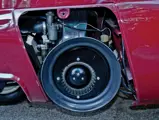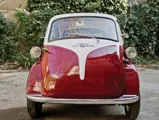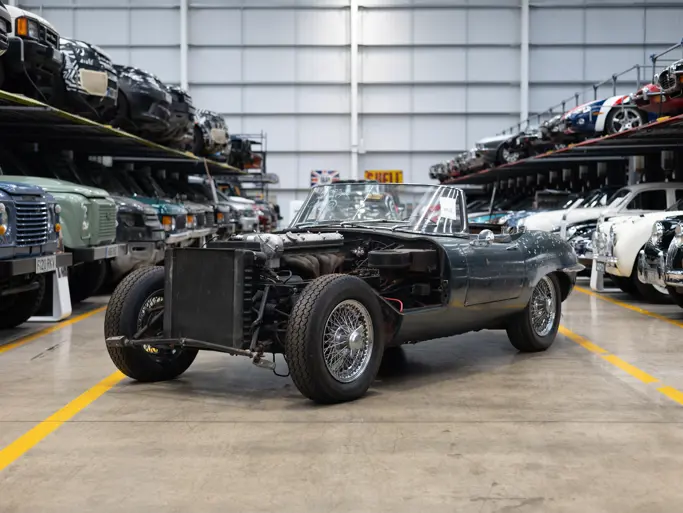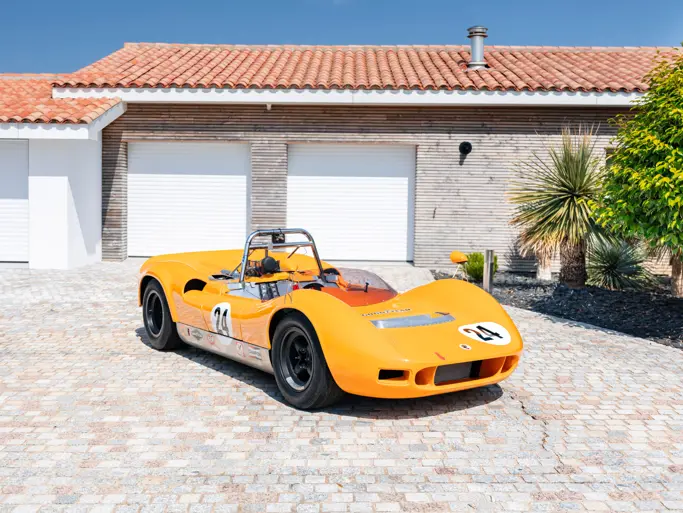13 bhp, 298 cc air-cooled OHV single-cylinder engine, four-speed manual transmission with chain/sprocket drive, leading-arm front suspension with coil springs, rigid rear axle with quarter-elliptic leaf springs, and four-wheel drum brakes. Wheelbase: 1,501 mm (59.1")
• Beautiful example of the legendary microcar that saved BMW
• Restored in 2010 to original colours and specifications; only 724 km since completion
• Fitted with rear luggage carrier and leather suitcase
The Isetta was a vehicle born of necessity and is often regarded as the car that saved BMW. Faced with declining motorcycle sales, the burgeoning middle class in its home market and the political events of the 1950s leading to oil shortages in Europe, the microcar craze was ripe for success, and a car that BMW desperately needed. As the motorcycle market declined, BMW began moving toward high-volume car production.
For the second time in its history, BMW built a vehicle under licence as a means of getting into production quickly. The two-seat vehicle with tubular chassis and unique front opening door became known as “das rollende Ei”–the rolling egg. BMW approached the owner of the Italian company Iso and its designer/owner Count Rivolta with the idea of purchasing the rights to build the car. Rivolta sold not only the production rights to the Iso but much of the body tooling as well.
Débuting at the 1955 Frankfurt Auto Show, BMW fitted the car with its own 12 horsepower 247 cc four-stroke engine, later upsizing it to 298 cc and adding one additional horsepower. The light body, in combination with the motorcycle engine, offered efficient fuel consumption along with a mere DM 2,580 purchase price, just 500 more than an R25 motorcycle, which it shared its engine. Between 1955 and 1962, BMW produced 161,728 Isetta 250 and 300 models (including 31,700 in 1956), making it BMW’s best-selling model to date.
This well-presented Isetta was restored in 2010. The car was completed to original specifications, including the body, mechanics and period-correct colour combination. The car has been driven just 721 kilometres since restoration, and it is believed that its odometer reading of 57,924 km is the correct mileage from new. Additionally, it has been fitted with a rear luggage carrier, complete with a 1950s-era leather suitcase to be included with the sale. No collection is complete without a delightful Isetta!




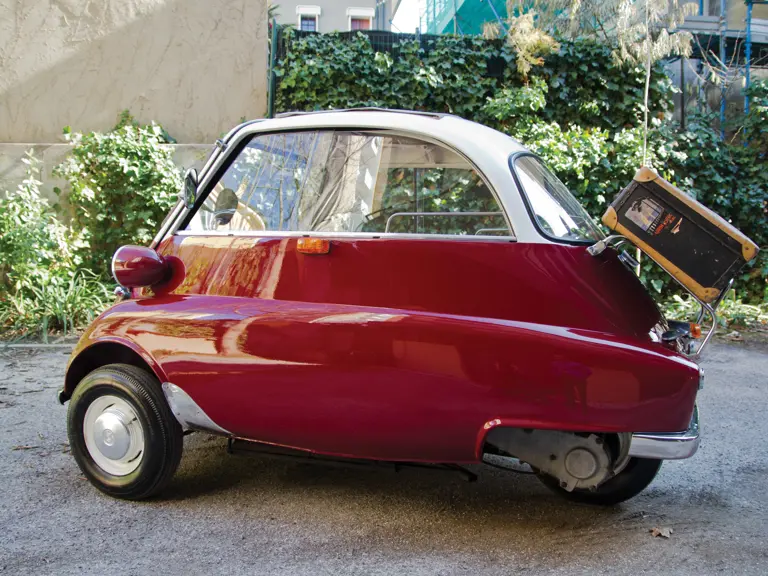
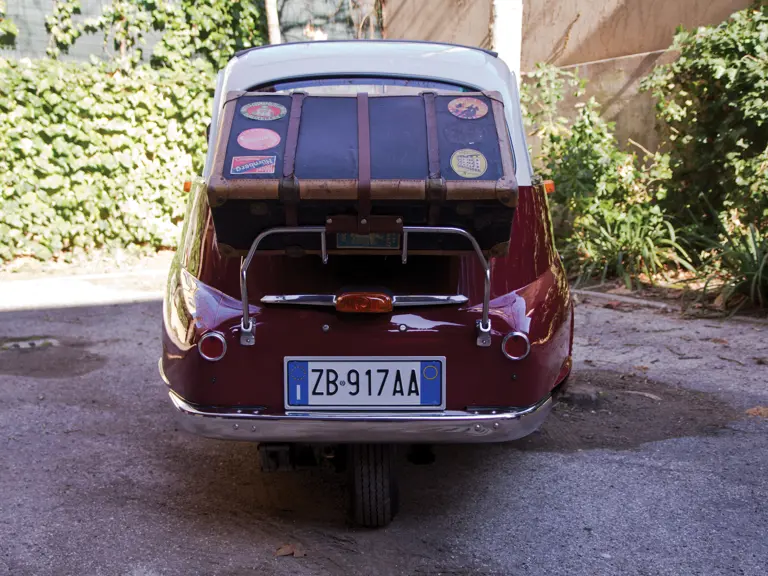
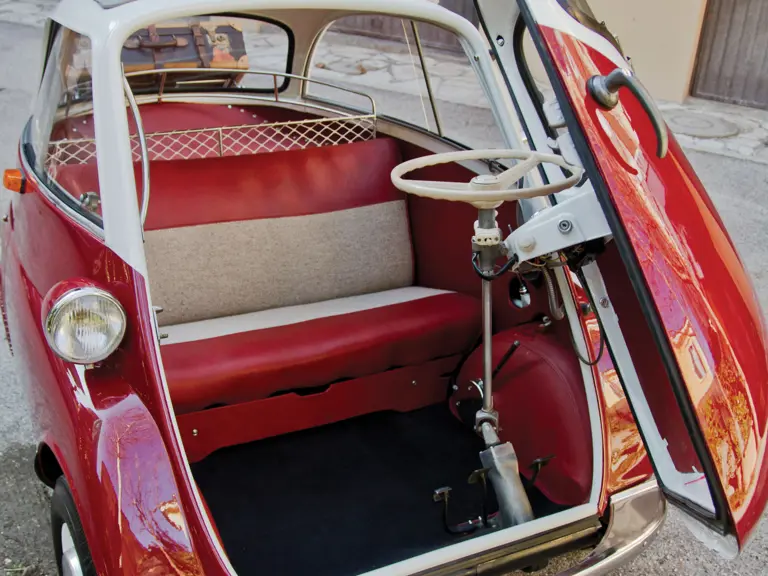

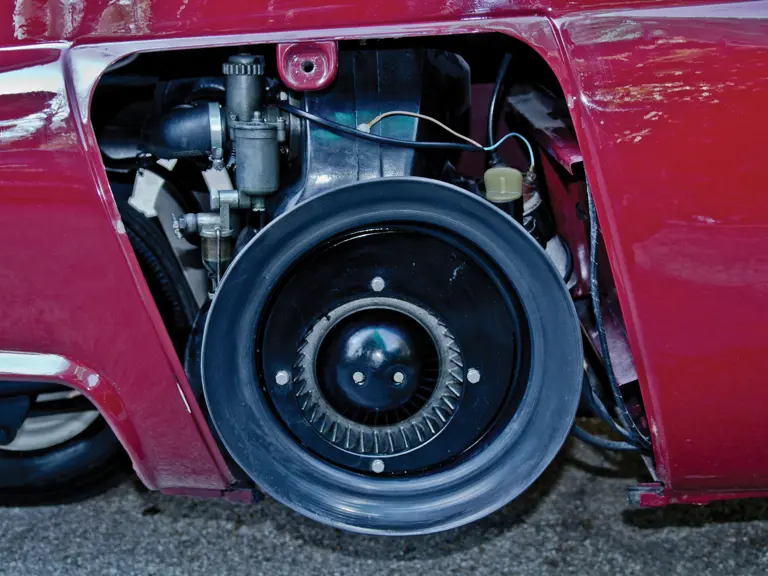
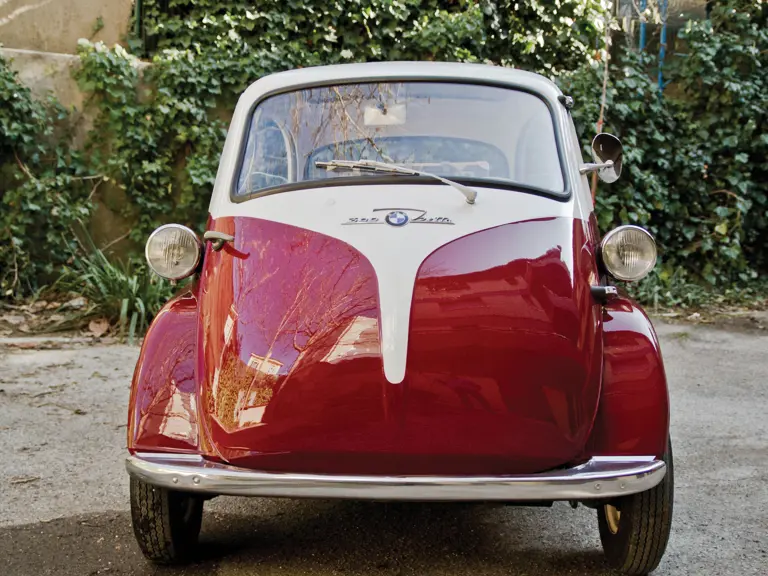
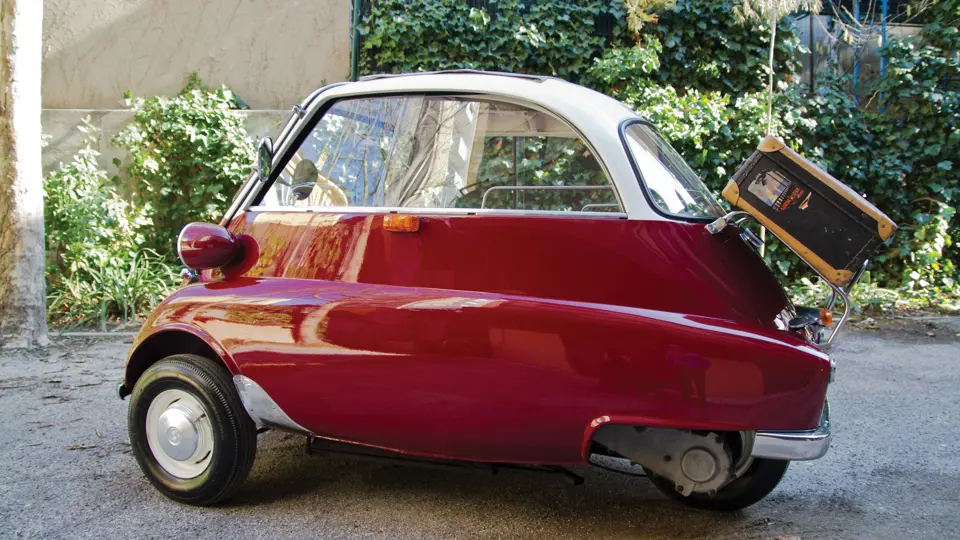
 | Monaco, Monaco
| Monaco, Monaco
